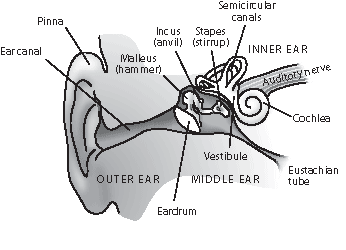Please wait while we process your payment
If you don't see it, please check your spam folder. Sometimes it can end up there.
If you don't see it, please check your spam folder. Sometimes it can end up there.
Please wait while we process your payment

By signing up you agree to our terms and privacy policy.
Don’t have an account? Subscribe now
Create Your Account
Sign up for your FREE 7-day trial
By signing up you agree to our terms and privacy policy.
Already have an account? Log in
Your Email
Choose Your Plan
Individual
Group Discount
Save over 50% with a SparkNotes PLUS Annual Plan!
 payment page
payment page
Purchasing SparkNotes PLUS for a group?
Get Annual Plans at a discount when you buy 2 or more!
Price
$24.99 $18.74 /subscription + tax
Subtotal $37.48 + tax
Save 25% on 2-49 accounts
Save 30% on 50-99 accounts
Want 100 or more? Contact us for a customized plan.
 payment page
payment page
Your Plan
Payment Details
Payment Summary
SparkNotes Plus
You'll be billed after your free trial ends.
7-Day Free Trial
Not Applicable
Renews July 18, 2025 July 11, 2025
Discounts (applied to next billing)
DUE NOW
US $0.00
SNPLUSROCKS20 | 20% Discount
This is not a valid promo code.
Discount Code (one code per order)
SparkNotes PLUS Annual Plan - Group Discount
Qty: 00
SparkNotes Plus subscription is $4.99/month or $24.99/year as selected above. The free trial period is the first 7 days of your subscription. TO CANCEL YOUR SUBSCRIPTION AND AVOID BEING CHARGED, YOU MUST CANCEL BEFORE THE END OF THE FREE TRIAL PERIOD. You may cancel your subscription on your Subscription and Billing page or contact Customer Support at custserv@bn.com. Your subscription will continue automatically once the free trial period is over. Free trial is available to new customers only.
Choose Your Plan
This site is protected by reCAPTCHA and the Google Privacy Policy and Terms of Service apply.
For the next 7 days, you'll have access to awesome PLUS stuff like AP English test prep, No Fear Shakespeare translations and audio, a note-taking tool, personalized dashboard, & much more!
You’ve successfully purchased a group discount. Your group members can use the joining link below to redeem their group membership. You'll also receive an email with the link.
Members will be prompted to log in or create an account to redeem their group membership.
Thanks for creating a SparkNotes account! Continue to start your free trial.
We're sorry, we could not create your account. SparkNotes PLUS is not available in your country. See what countries we’re in.
There was an error creating your account. Please check your payment details and try again.
Please wait while we process your payment

Your PLUS subscription has expired
Please wait while we process your payment
Please wait while we process your payment

Hearing
The visible part of the ear is the pinna, which collects sound waves and passes them along the auditory canal to a membrane called the eardrum. When sound waves hit the eardrum, it vibrates. The eardrum transmits the vibration to three bones, or ossicles, in the middle ear, which are called the hammer, the anvil, and the stirrup. The diagram of the ear shows how they got these names: they actually look like a hammer, an anvil, and a stirrup. In response to the vibration, these ossicles move one after another. Their function is to amplify the sound vibrations.

From the ossicles, vibrations move through a membrane called the oval window to the cochlea of the inner ear. The cochlea is a coiled, fluid-filled tunnel.
Inside the cochlea are receptors called cilia or hair cells that are embedded in the basilar membrane. The basilar membrane runs along the whole length of the coiled cochlea. Vibrations that reach the inner ear cause the fluid in the cochlea to move in waves. These waves in turn make the hair cells move.
The movement triggers impulses in neurons that connect with the hair cells. The axons of these neurons come together to form the auditory nerve, which sends impulses from the ear to the brain. In the brain, the thalamus and the auditory cortex, which is in the temporal lobe of the cerebrum, receive auditory information.
Two theories explain how people distinguish the pitch of different sounds: place theory and frequency theory.
Place theory explains how people discriminate high-pitched sounds that have a frequency greater than 5000 Hz. Place theory states that sound waves of different frequencies trigger receptors at different places on the basilar membrane. The brain figures out the pitch of the sound by detecting the position of the hair cells that sent the neural signal.
Please wait while we process your payment

